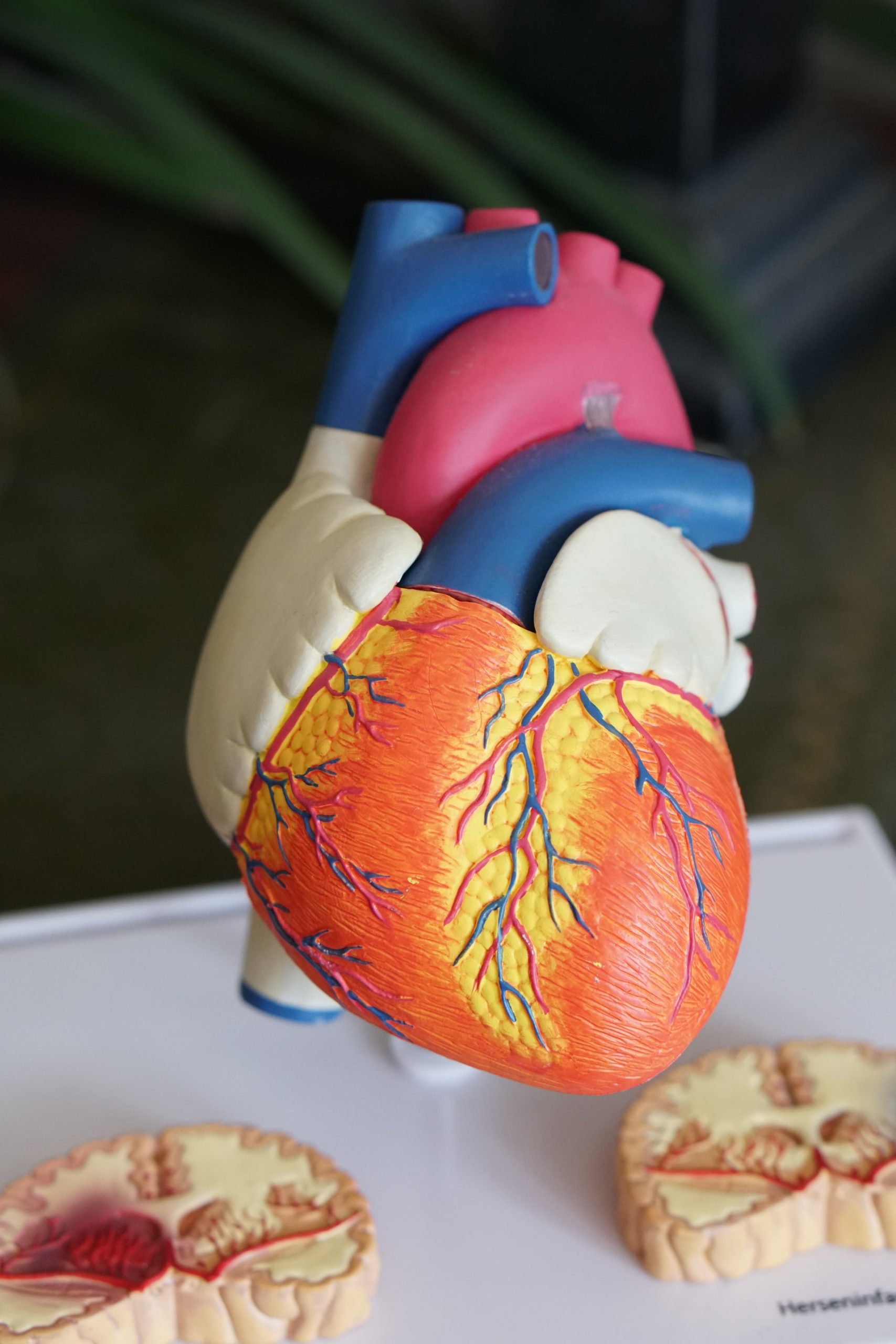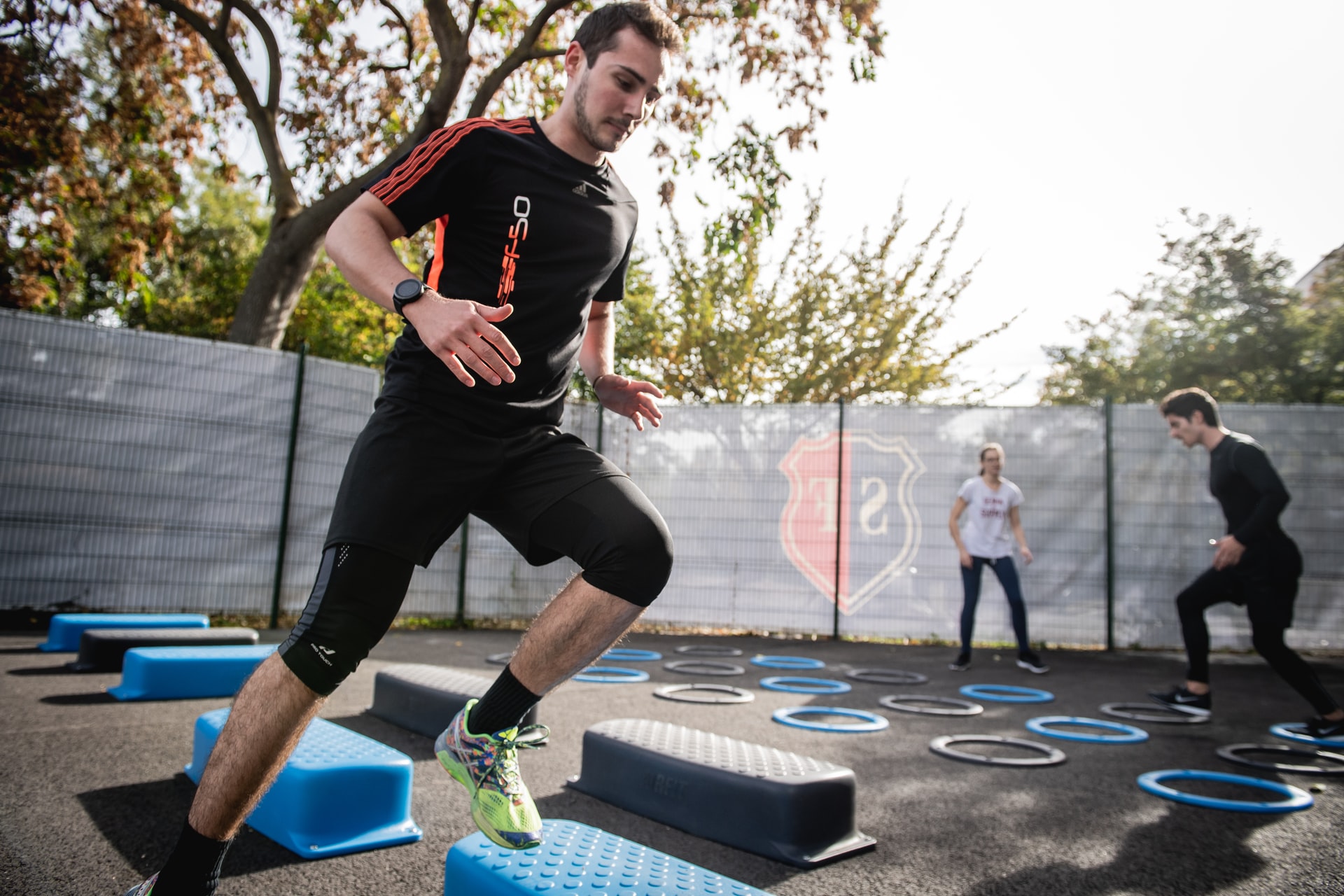If you’ve ever had an EKG or EEG, you know how uncomfortable all those wires, pads, and tape can be—especially if you’ve had to stay connected overnight. Well, all that discomfort may be a thing of the past, thanks to researchers at Northwestern University who have created a thin, comfortable patch that wirelessly sends all the data it gathers to a phone or other device.
“The patches stick to the skin like a temporary tattoo and incorporate a unique microfluidic construction with wires folded like origami to allow the patch to bend and flex without being constrained by the rigid electronics components,” according to a University press release.
One concern with any new device is whether it’s as accurate as whatever it’s replacing. And in the case of this new patch, the answer is a resounding yes. Researchers did a side-by-side comparison with traditional EKG and EEG monitors and found the wireless patch performed equally to conventional sensors, while being significantly more comfortable for patients, says the University.
“We designed this device to monitor human health 24/7, but without interfering with a person’s daily activity,” says Yonggang Huang, professor of civil and environmental engineering and mechanical engineering at Northwestern University, who co-led the study with John A. Rogers, a professor of Materials Science and Engineering at the University of Illinois.
Another concern with new devices is the cost. In most cases, new solutions are more expensive than traditional ones, but in this case, the opposite is true: the researchers assembled the patch using off-the-shelf electronics.
The new patch could also find applications outside the hospital, replacing many of the fitness trackers many of us wear to monitor how many steps we take, calories we burn, and how well we sleep. The problem with most fitness trackers is that they aren’t all that accurate. “Relative motion causes a lot of background noise. If you have these skin-mounted devices and an ability to locate them on multiple parts of the body, you can get a much deeper and richer set of information than would be possible with devices that are not well coupled with the skin,” says Rogers And that’s just the beginning of the rich range of accurate measurements relevant to physiological health that are possible when you are softly and intimately integrated onto the skin.”
The study was published in the journal Science. You can read the full press release here:



